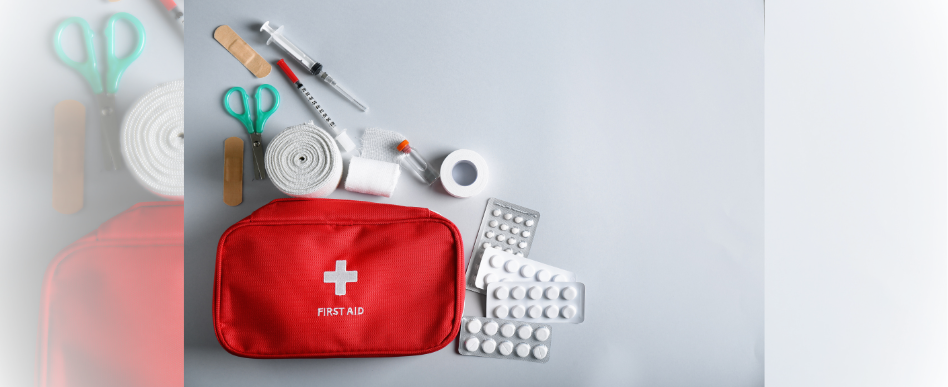How to provide first aid to a frost victim?
For several days now, we have been noticing low temperatures. Such a situation can be particularly dangerous to the life and health of the homeless. Every winter, many people die from hypothermia. Meanwhile, many of them can be saved by providing even basic first aid.
Low air temperature combined with the force of the wind contributes to hypothermia. Hypothermia is a significant drop in body temperature combined with a disruption of the body’s thermoregulation. As a result of a drop in body temperature, vital processes slow down and there is a general deterioration in efficiency. In extreme cases, this can pose a threat to human life. The most vulnerable to hypothermia are homeless people who stay in unheated rooms, such as vacant buildings, gazebos on allotments or basements.
There are three degrees of hypothermia based on the depth of the drop in body temperature:
- Mild (body temperature drops to 32-35 C), characterized by a feeling of freezing, the skin is pale and cold. Shivers and muscle tremors occur. The arms and legs weaken, dizziness, anxiety and disorientation join in.
- Medium (body temperature drops to 30-32 C), in which the exhaustion stage occurs, in which the symptoms of mild hypothermia intensify. Additionally, there is a lack of sensitivity to stimuli and muscle stiffness. The supercooled body gets muscle cramps, behaves apathetically and suffers from impaired consciousness, which causes indifference to its own fate (the injured person is unable to help themselves).
- Severe (body temperature drops below 30 C) – the person is in a state of inertia. The injured person does not feel pain, their behavior resembles a person after drinking alcohol. Their speech is incoherent and there is motor incoherence. The pulse is weakly felt and breathing is slow and shallow. The pupils’ reaction to light disappears, which is caused by cerebral hypoxia. The injured person eventually loses consciousness.
Lowering the body temperature to 25 C can lead to death.
Hypothermia procedures:
- Check if it is safe.
- Put on gloves.
- Assess the general condition of the injured person (check consciousness and breathing).
- Call an ambulance.
Protect the injured person from further hypothermia:
- if possible, move or take the injured person to a warm room, otherwise try to find a place sheltered from snow, wind and rain,
- if the injured person’s clothes are wet, they should be removed as soon as possible without moving the injured person unnecessarily (e.g. by cutting them),
- if frostbite is suspected in distal areas of the body, i.e. ears, nose, hands and feet, loosen constricting parts of clothing that restrict blood flow,
- cover the injured person with a blanket or isothermal foil with the gold side up,
- additionally, it is advisable to cover the neck and head, which will reduce heat loss.
How to provide first aid to a frost victim?
